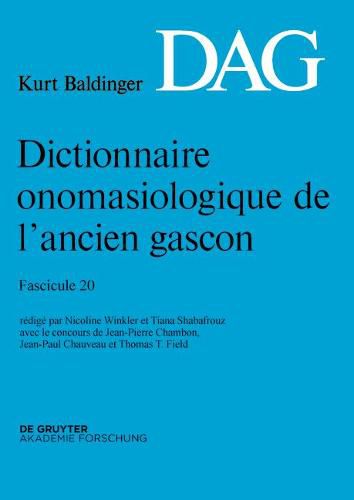Readings Newsletter
Become a Readings Member to make your shopping experience even easier.
Sign in or sign up for free!
You’re not far away from qualifying for FREE standard shipping within Australia
You’ve qualified for FREE standard shipping within Australia
The cart is loading…






This title is printed to order. This book may have been self-published. If so, we cannot guarantee the quality of the content. In the main most books will have gone through the editing process however some may not. We therefore suggest that you be aware of this before ordering this book. If in doubt check either the author or publisher’s details as we are unable to accept any returns unless they are faulty. Please contact us if you have any questions.
The DAG is the first onomasiological dictionary of Old Gascon. It covers the period from the earliest extant documents to the 17th century, taking into account all relevant idioms and sources (incl. medieval Latin and regional French). From fascicle 12 onwards the dictionary is published with a new, clearer article structure that provides more scope for semantic description and the presentation of idioms and contexts.
$9.00 standard shipping within Australia
FREE standard shipping within Australia for orders over $100.00
Express & International shipping calculated at checkout
This title is printed to order. This book may have been self-published. If so, we cannot guarantee the quality of the content. In the main most books will have gone through the editing process however some may not. We therefore suggest that you be aware of this before ordering this book. If in doubt check either the author or publisher’s details as we are unable to accept any returns unless they are faulty. Please contact us if you have any questions.
The DAG is the first onomasiological dictionary of Old Gascon. It covers the period from the earliest extant documents to the 17th century, taking into account all relevant idioms and sources (incl. medieval Latin and regional French). From fascicle 12 onwards the dictionary is published with a new, clearer article structure that provides more scope for semantic description and the presentation of idioms and contexts.